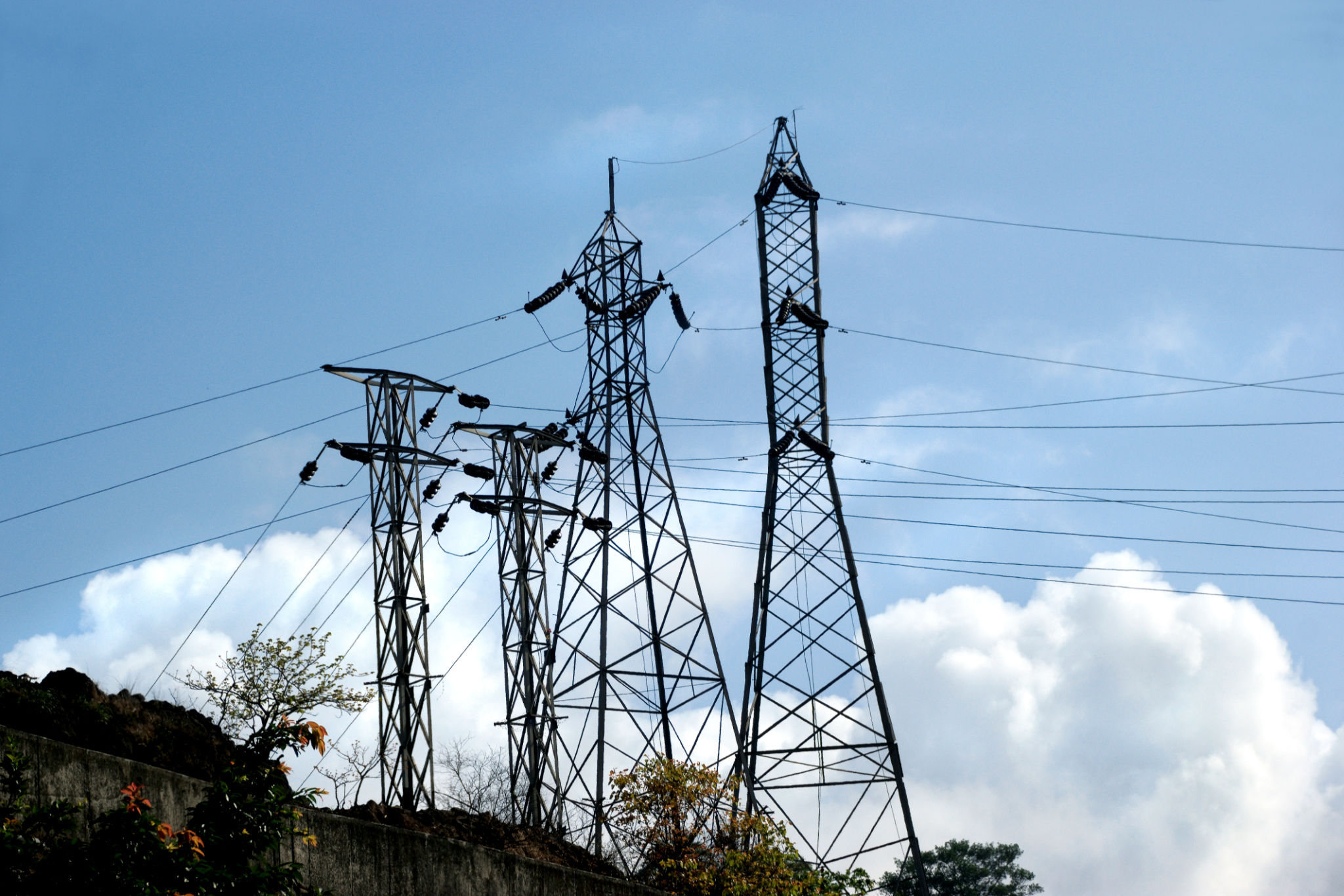The Impact of Community Electrification Efforts in Victoria
The Importance of Community Electrification
Community electrification efforts are pivotal in driving sustainable development, particularly in regions like Victoria. These initiatives not only bring power to underserved areas but also empower communities by enhancing quality of life and opening new opportunities for growth. The importance of these efforts cannot be overstated as they lay the groundwork for economic and social advancement.
Electrification projects contribute to the reduction of energy poverty, thereby fostering a more equitable society. By providing reliable electricity, communities gain access to essential services such as healthcare, education, and communication. This connectivity is crucial in a rapidly digitizing world where access to energy can determine the pace of development.

Economic Benefits of Electrification
The economic impact of community electrification is significant. With the availability of electricity, local businesses can extend their operating hours, increase productivity, and improve service delivery. This can lead to job creation and stimulate local economies, making communities more resilient and self-sufficient. Additionally, access to electricity attracts new businesses and investments, further boosting economic growth.
Moreover, electrification can lead to the development of local industries that rely on power, such as agriculture processing facilities or small manufacturing units. These industries create jobs, increase local production, and contribute to the overall economic dynamism of the region. As a result, community electrification efforts have a multiplier effect on the local economy.
Social and Environmental Impact
On a social level, electrification efforts can significantly improve the living standards of communities. Access to power enhances educational opportunities as schools can offer evening classes and use digital learning tools. Moreover, households benefit from improved lighting and cooking facilities, contributing to better health and lifestyle choices.

From an environmental perspective, community electrification often incorporates renewable energy sources such as solar or wind power. This not only reduces the carbon footprint but also ensures a sustainable energy supply for the future. Transitioning to clean energy helps combat climate change and promotes environmental stewardship within communities.
Challenges and Opportunities
Despite the numerous benefits, community electrification efforts face several challenges. Infrastructure development can be costly and logistically complex, especially in remote areas. Furthermore, maintaining and upgrading these systems requires ongoing investment and technical expertise.
However, these challenges present opportunities for innovation and collaboration. Governments, private sectors, and non-profit organizations can work together to develop scalable solutions that address these hurdles. By investing in technology and training local communities, stakeholders can ensure the sustainability of electrification projects.

The Future of Electrification in Victoria
The future of community electrification in Victoria looks promising as more stakeholders recognize its transformative potential. With continued investment and commitment, these initiatives can bridge the energy divide and create inclusive growth. Policymakers are increasingly focusing on supporting these efforts through incentives and strategic planning.
To maximize impact, it's crucial to involve local communities in the decision-making process and tailor solutions to their unique needs. By doing so, electrification projects not only provide power but also empower communities to take charge of their development journey.
As Victoria continues on its path towards comprehensive electrification, the positive ripple effects will be felt across the region. From economic prosperity to social well-being and environmental sustainability, community electrification is indeed a cornerstone for a brighter future.
